- News
- Reviews
- Bikes
- Components
- Bar tape & grips
- Bottom brackets
- Brake & gear cables
- Brake & STI levers
- Brake pads & spares
- Brakes
- Cassettes & freewheels
- Chains
- Chainsets & chainrings
- Derailleurs - front
- Derailleurs - rear
- Forks
- Gear levers & shifters
- Groupsets
- Handlebars & extensions
- Headsets
- Hubs
- Inner tubes
- Pedals
- Quick releases & skewers
- Saddles
- Seatposts
- Stems
- Wheels
- Tyres
- Tubeless valves
- Accessories
- Accessories - misc
- Computer mounts
- Bags
- Bar ends
- Bike bags & cases
- Bottle cages
- Bottles
- Cameras
- Car racks
- Child seats
- Computers
- Glasses
- GPS units
- Helmets
- Lights - front
- Lights - rear
- Lights - sets
- Locks
- Mirrors
- Mudguards
- Racks
- Pumps & CO2 inflators
- Puncture kits
- Reflectives
- Smart watches
- Stands and racks
- Trailers
- Clothing
- Health, fitness and nutrition
- Tools and workshop
- Miscellaneous
- Buyers Guides
- Features
- Forum
- Recommends
- Podcast
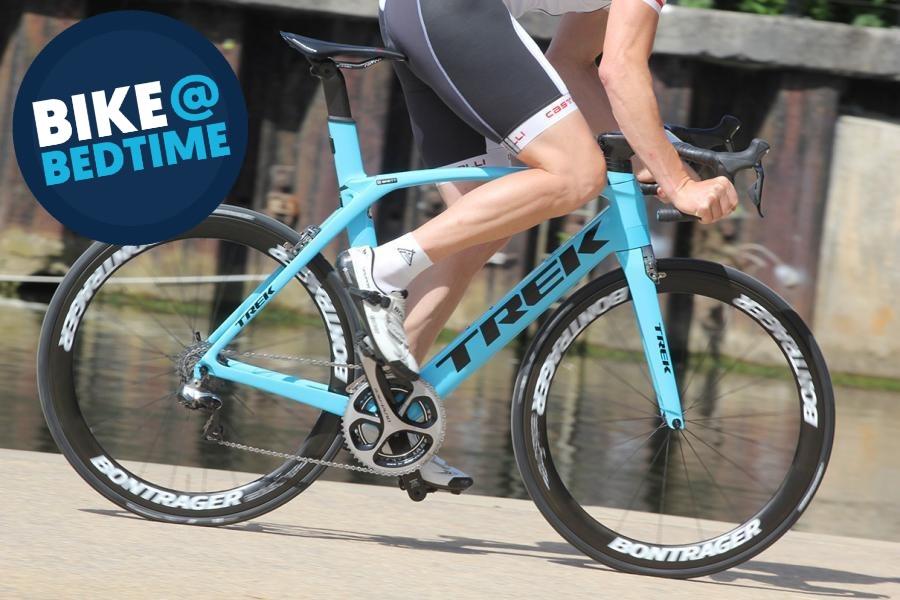 2024 November 22 Bike at Bedtime Trek Madone 9 Series - 1
2024 November 22 Bike at Bedtime Trek Madone 9 Series - 1Remembering the Trek Madone 9 Series road bike: a bit odd... but very cool
Although it was one of the most innovative bikes out there when it was released just eight years ago, the Trek Madone 9 Series looks like it’s from an entirely different era, such has been the rate of change in the road bike world since then. Let’s take a look back at some of its innovative features.
Of course, the biggest development since Trek introduced this top-level model has been the widespread adoption of disc brakes in the road market. There were disc-equipped road bikes well before this, of course, but the UCI first trialled the tech in road racing in late 2015. It wasn’t until 2018 that disc brakes were permanently approved by cycle sport’s world governing body.
Released in mid-2015, the Trek Madone 9 Series was still using rim brakes although the engineers had taken an innovative approach. Rather than using standard dual calliper brakes from Shimano or SRAM, Trek developed its own Bontrager design, the idea being to improve aerodynamics.
Essentially, Trek went aero-crazy with the 9 Series. The frame tubes, fork legs and seatmast were made to Kammtail profiles (Trek calls its profiles Kammtail Virtual Foil, or KVF). In other words, Trek designed them to slip through the air with as little drag as possible, then chopped the back of those profiles square to retain most of the aero performance while saving weight, avoiding handling issues in crosswinds, and remaining within the UCI's bike design rules. Most other brands do something similar.
Trek’s approach involved integrating the front brake into the design of the frame and fork. It cut away the fork crown and fitted a proprietary centre-pull front brake into the space. The top of the front calliper was hidden within the head tube and the cable was fully internal to reduce drag.
However, there wasn’t enough space in the head tube for the calliper to move when the fork was turned so Trek developed what it called 'Vector Wings' – little flaps that flipped out as you turned, allowing the movement. When you straightened the handlebar, the brake calliper moved back to its forward-facing position and springs closed the Vector Wings. It was certainly an unusual approach to avoid disrupting airflow.
The rear brake was in a traditional position at the top of the seatstays, but like the front brake, it was a centre-pull design, the cable passing through the top tube with a stop at the seat tube.
The new handlebar/stem combo hid the cables completely – which was much more unusual than it is today – and Trek incorporated what it called a ‘Control Center’ in the down tube. This housed either a barrel adjuster for the front mech of a mechanical setup or the battery and junction box of a Shimano Di2 electronic shift system. Previously, the junction box was usually (not always) hung under the stem, and it was a bit untidy – both aesthetically and aerodynamically. Trek’s solution was really neat.
Trek also took the IsoSpeed technology that it had developed for the Domane and incorporated it into the Madone for the first time. IsoSpeed has developed over the years but the idea has always been to provide extra comfort and control.
For the Madone 9 Series, Trek used an outer seat tube that was shaped for aerodynamics, but within that, there was a much skinnier round inner seat tube. It was bonded to the outer just above the bottom bracket and linked to the rest of the frame via a pivot up at the seat cluster. The inner seat tube could flex easily, allowing movement at the seatmast and saddle as you rode.
It worked, too, smoothing over the lumps and bumps to an appreciable degree. The effect was subtle but noticeable.
Although Trek still uses IsoSpeed in its Domane range, the latest Madone SLR and SL models feature the brand’s IsoFlow design instead – an interrupted seat tube design that’s said to flex over bumps for a smoother ride, while improving aerodynamics and reducing weight compared with IsoSpeed.=
Naturally, Trek says that its latest Madone SLR is its “fastest road race bike ever” but we still have a secret longing for the 9 Series. Yes, it was a little heavier than the opposition thanks to the IsoSpeed. Yes, those Vector wings were a bit weird… to say the least. Yes, today’s disc brakes wipe the floor with rim brakes of old. We just wish that every new bike brought as many interesting features to the table as the Trek Madone 9 Series did.
Mat has been in cycling media since 1996, on titles including BikeRadar, Total Bike, Total Mountain Bike, What Mountain Bike and Mountain Biking UK, and he has been editor of 220 Triathlon and Cycling Plus. Mat has been road.cc technical editor for over a decade, testing bikes, fettling the latest kit, and trying out the most up-to-the-minute clothing. He has won his category in Ironman UK 70.3 and finished on the podium in both marathons he has run. Mat is a Cambridge graduate who did a post-grad in magazine journalism, and he is a winner of the Cycling Media Award for Specialist Online Writer. Now over 50, he's riding road and gravel bikes most days for fun and fitness rather than training for competitions.
Latest Comments
- chrisonabike 23 min 58 sec ago
The thing we're envious of over here in the UK is ... any largely motor vehicle-free area (still not normal for UK). Never mind one with formal...
- open_roads 33 min 3 sec ago
Petrosexual van driver is so enraged by someone not following his own imaginary Highway Code that he drives without any hands on the steering wheel.
- OnYerBike 37 min 4 sec ago
Thank you for this detailed and insightful contribution.
- Simon Withers 1 hour 18 min ago
This was a very hard bike to review, as while I did like the bike overall - which I hope does come across - I feel that Carrera was so close to...
- MichaelWinnerRIP 1 hour 19 min ago
I bought a Proton last October after a visit to Wattbike's HQ and showroom In Nottingham. Delighted with it. The free workouts are excellent. I had...
- Hirsute 1 hour 27 min ago
Nothing you can do about the nutters but the second part of my post applies. If you see no change in speed as they approach you could hug the kerb...
- chrisonabike 1 hour 23 min ago
Not knocking Livingston - and no doubt I would get around fine living there. But ... as a lifetime UK cyclist I'd probably do that most places. ...
- MichaelWinnerRIP 1 hour 31 min ago
Very sad, my condolences to the families. However I imagine there are more than a few cyclists who might want to go 'in harness.'
- Rendel Harris 1 hour 36 min ago
Not too difficult to get a rough idea of power output from the times, although it can't take into account any wind assistance/hindrance: assuming...
- Rendel Harris 3 hours 47 min ago
I would love to see him do it but I have my doubts; the reason he could ride away from MVdP et al yesterday was because he had softened them up...
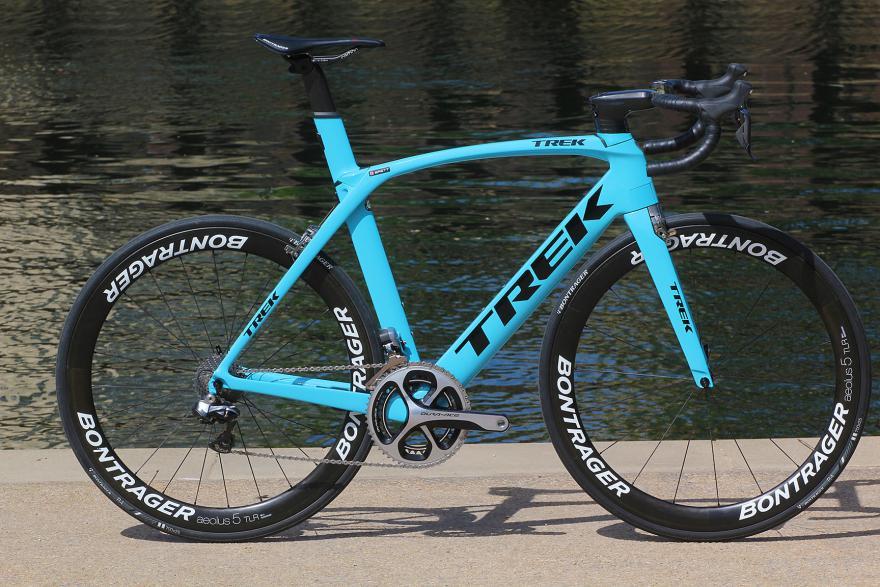

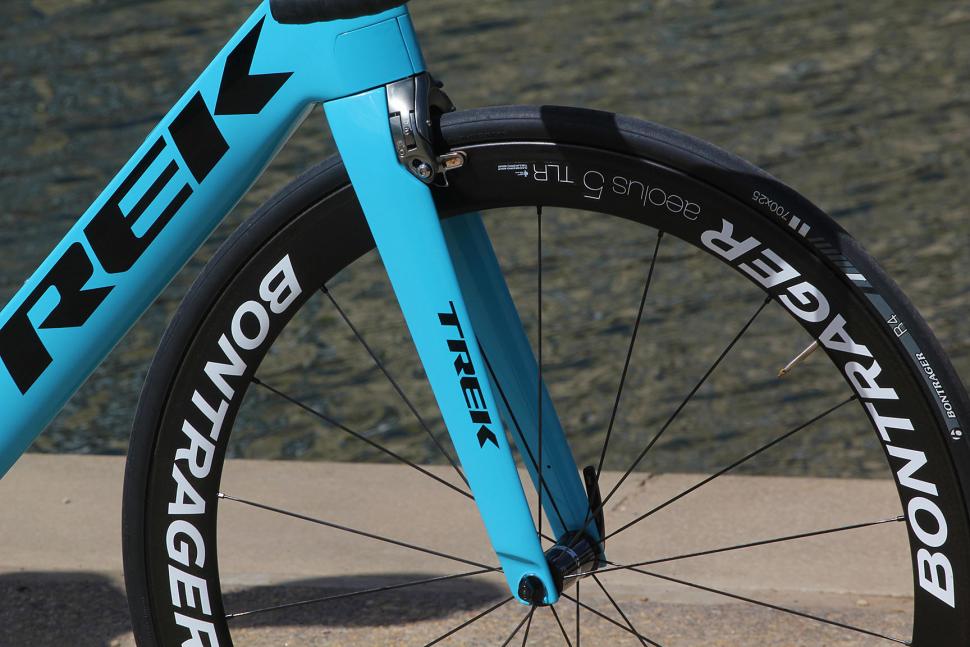
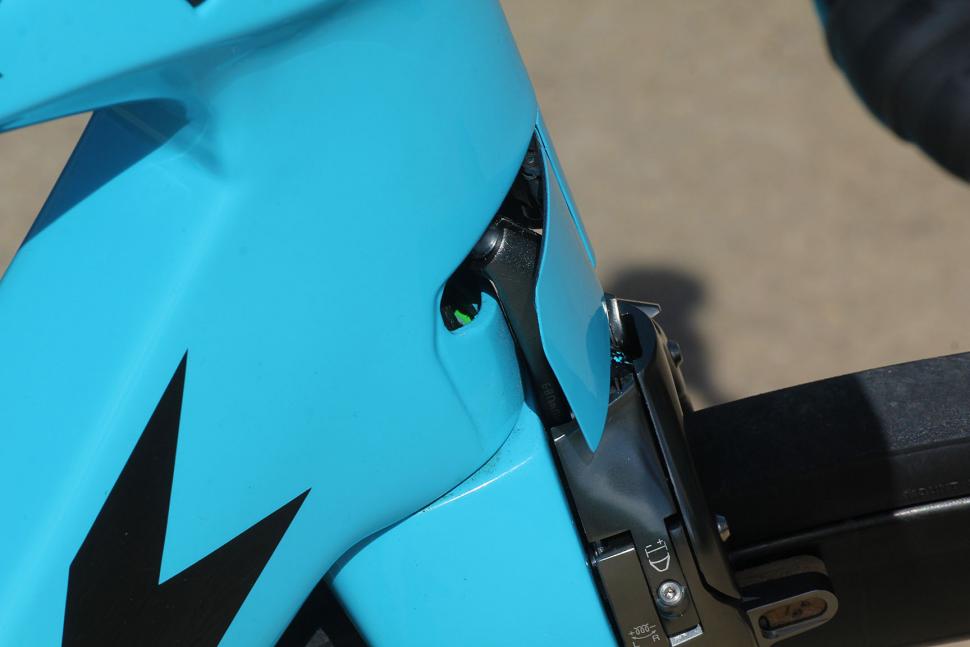

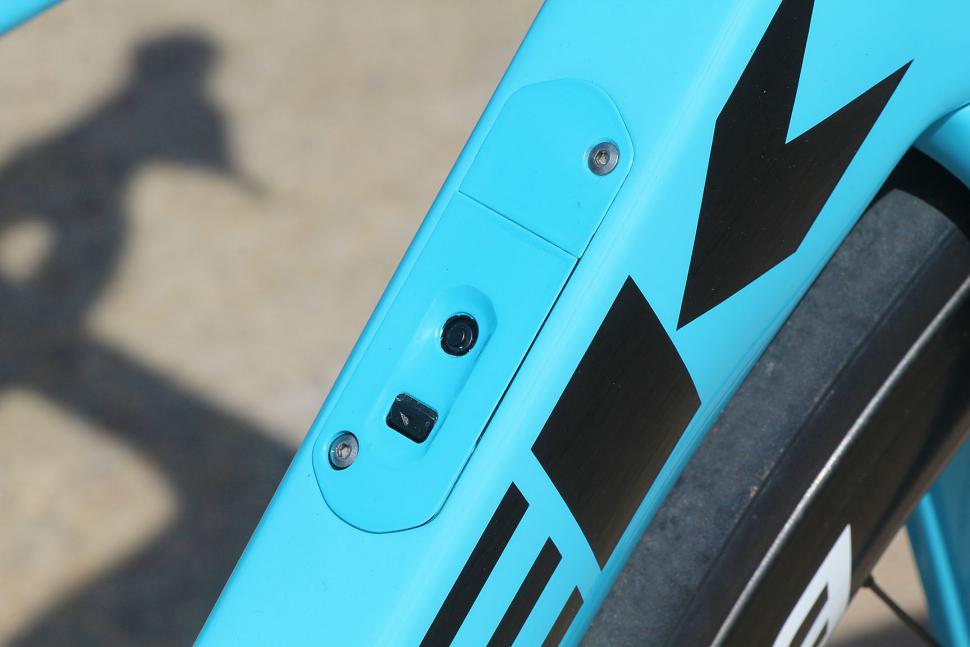
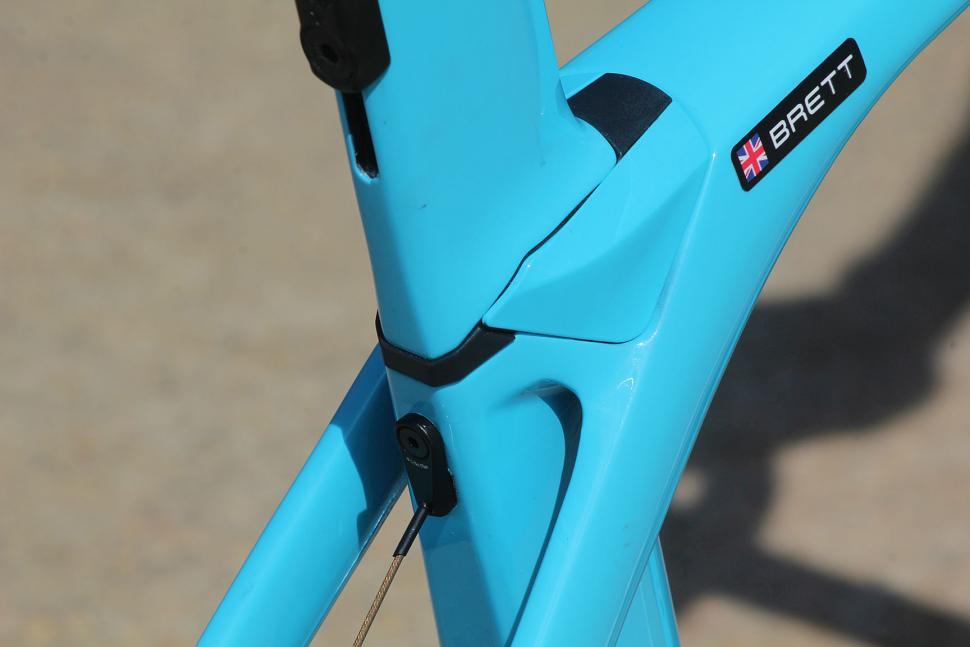
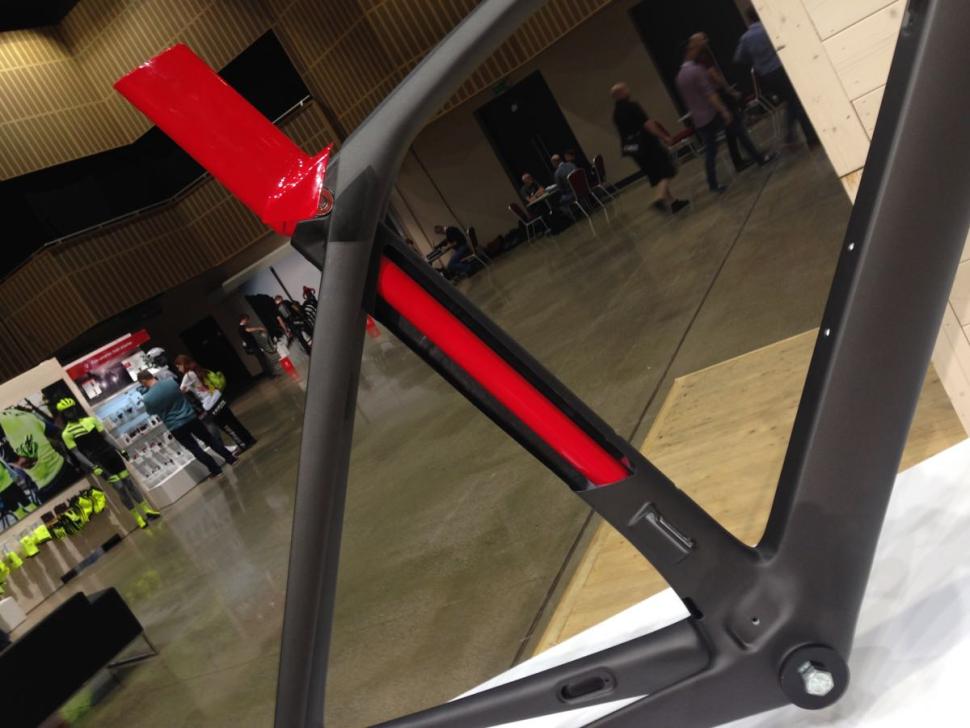

Add new comment
1 comments
I have a Madone 9 series SLR (the disc one from 2019). I still thing it's one of the best looking bikes ever made, despite the shouty downtube graphics. Plus it rides like a dream.
They also did one of the niceest paint jobs on the 9 series when Pedersen won the worlds.